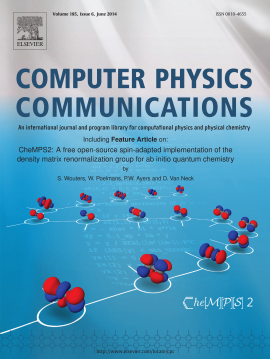Synergetic Effects of Mn and Si in the Interaction with Point Defects in bcc Fe
Abstract
The interaction of Mn, Si and Cr with a vacancy and self-interstitial defects in BCC Fe has been analyzed using ab initio calculations. While the interaction of the considered solute clusters with a single vacancy is linearly additive, there is a considerable synergetic effect in the case of self-interstitial atoms, found to bind strongly with Mn–Si pairs. The latter therefore act as deep trapping configurations for self-interstitials. At the same time, the presence of the point defects nearby weakly attractive Mn–Si pairs significantly enhances the solute–solute binding. The revealed effects are rationalized on the basis of charge density and local magnetic moment distributions.

 Open Access version available at
Open Access version available at 